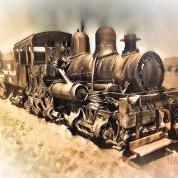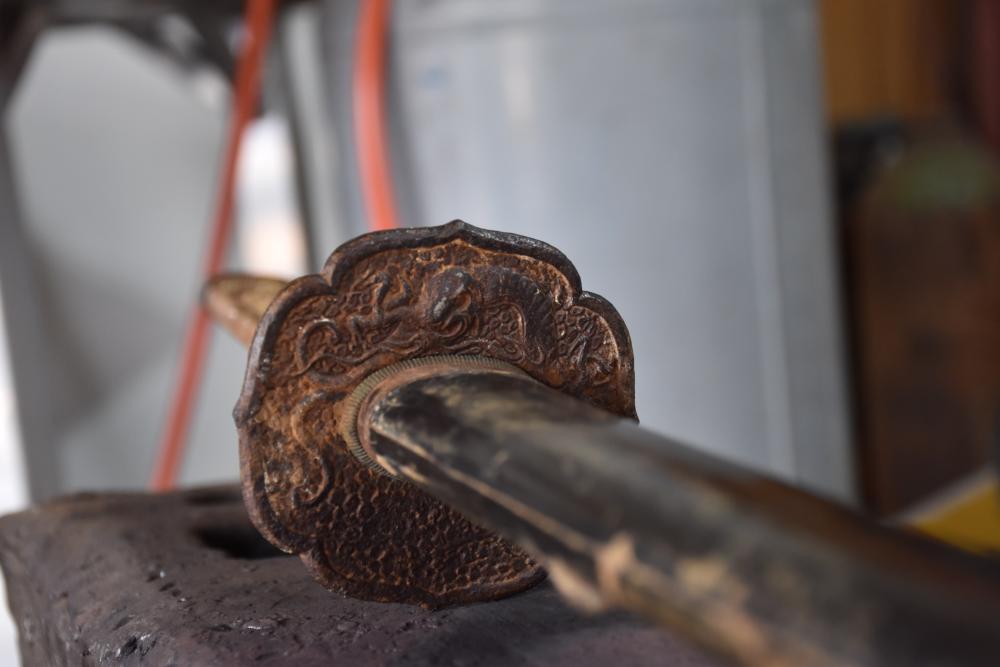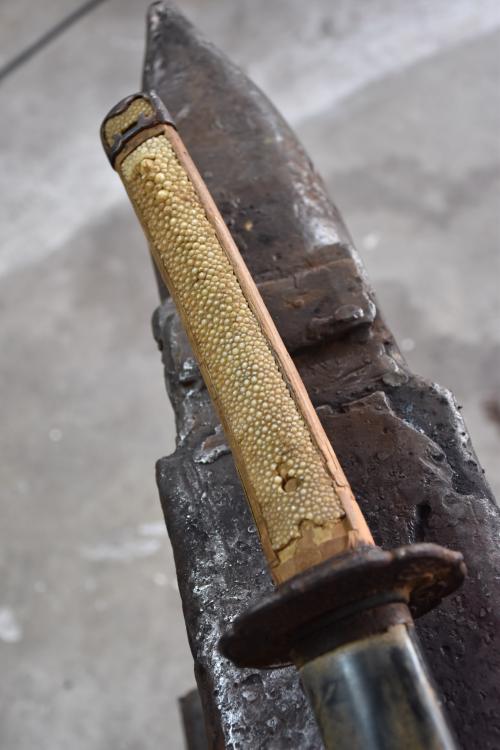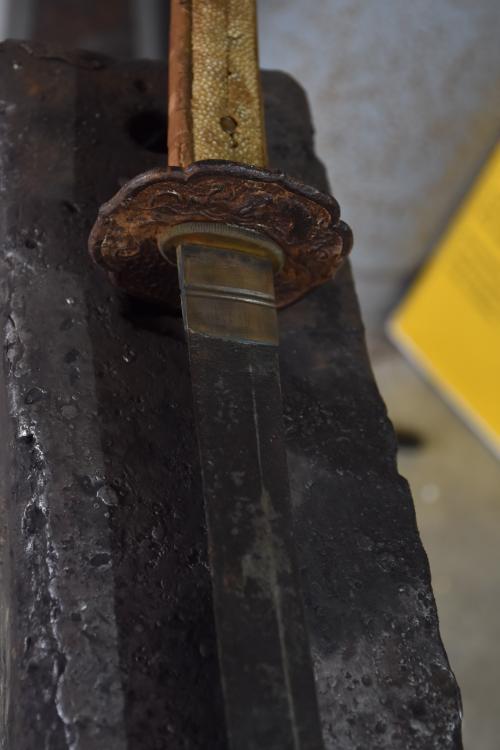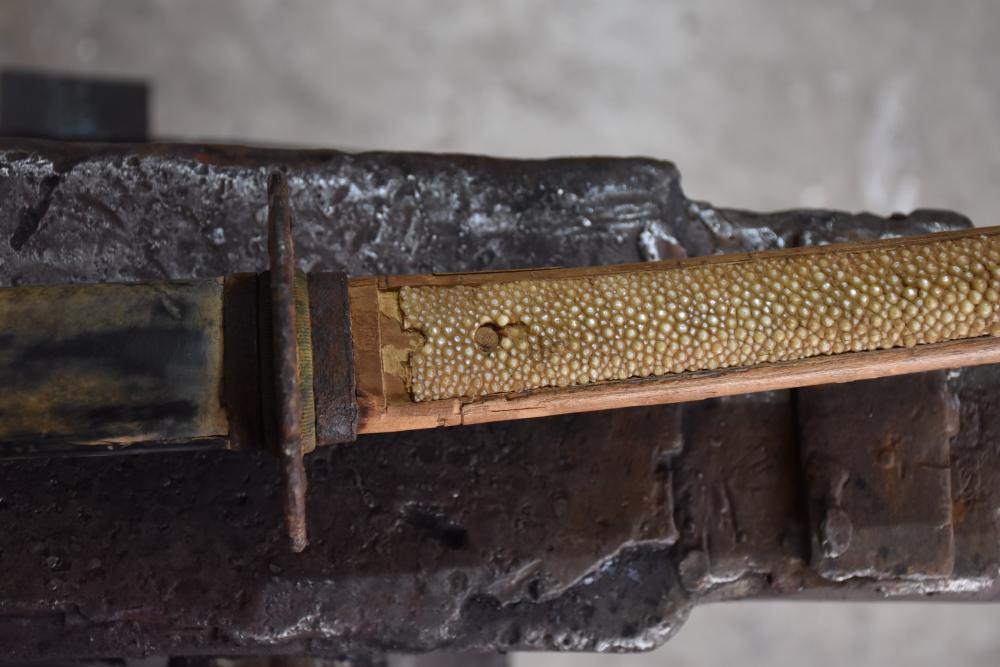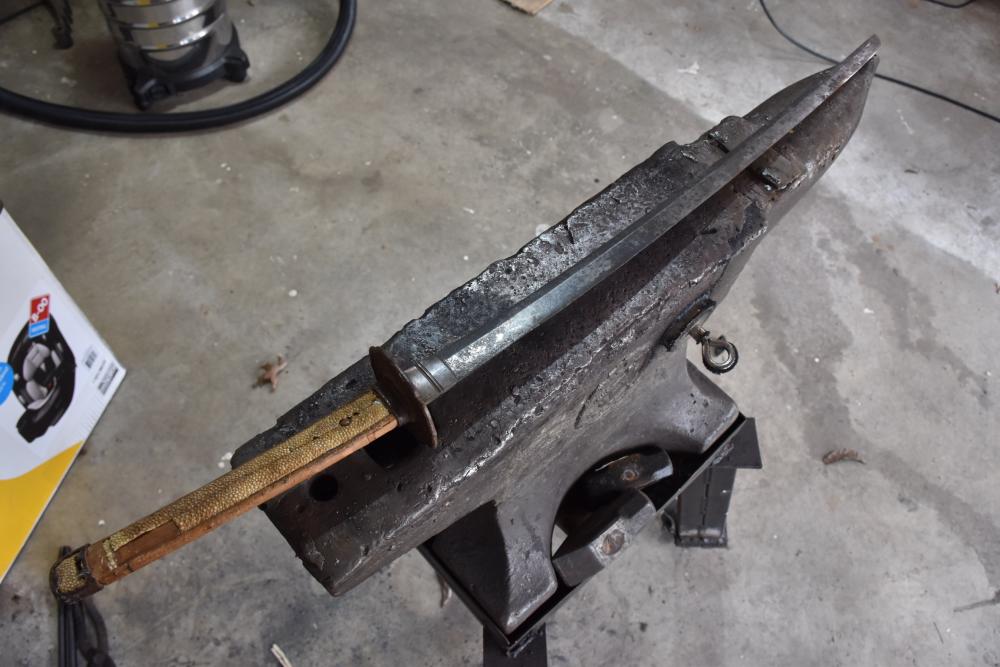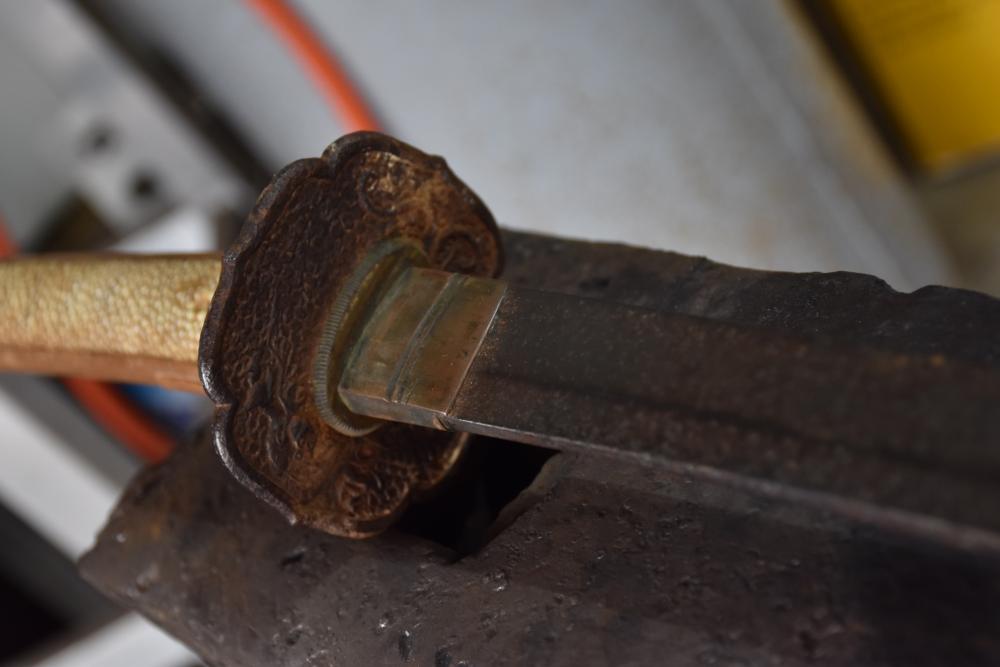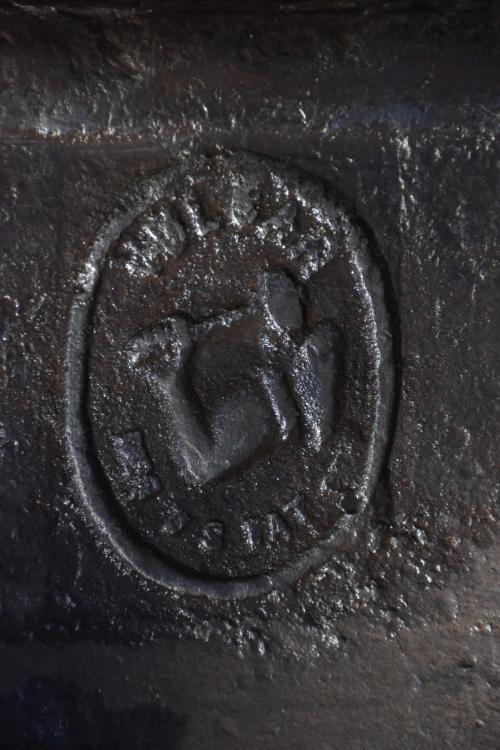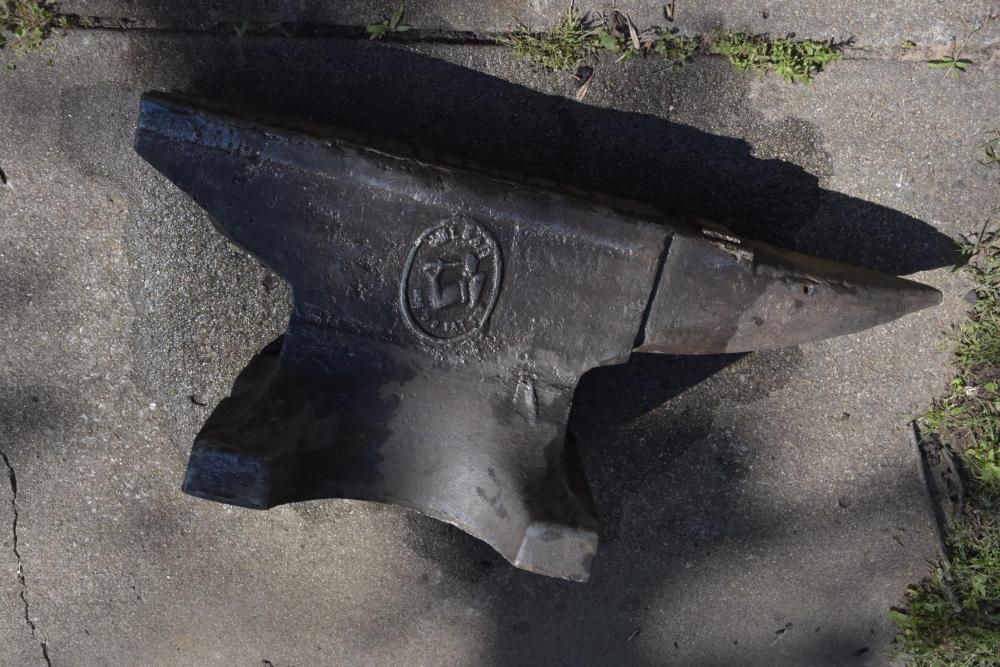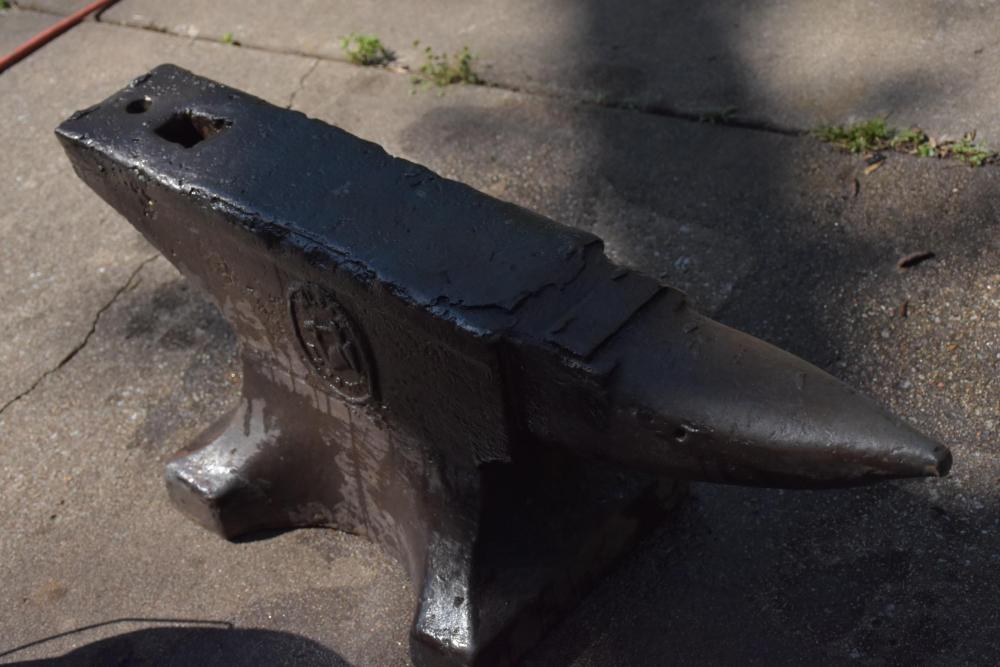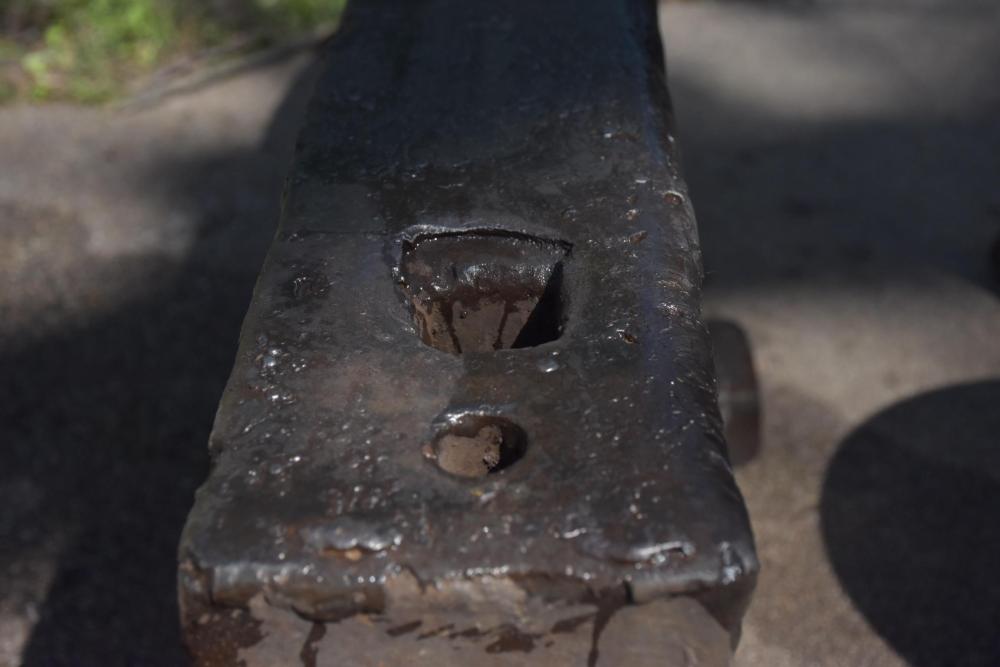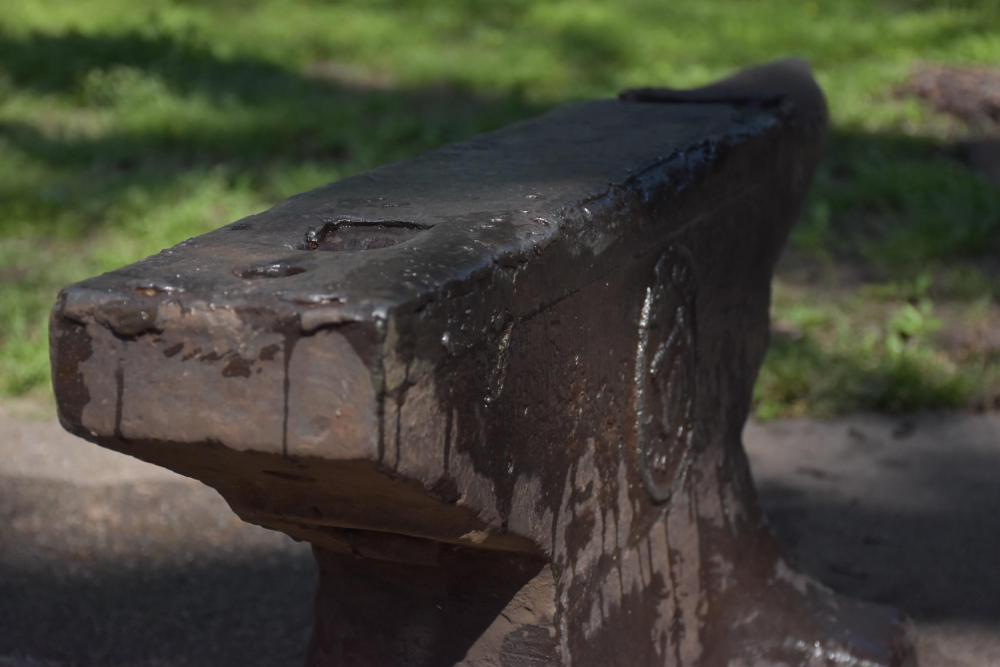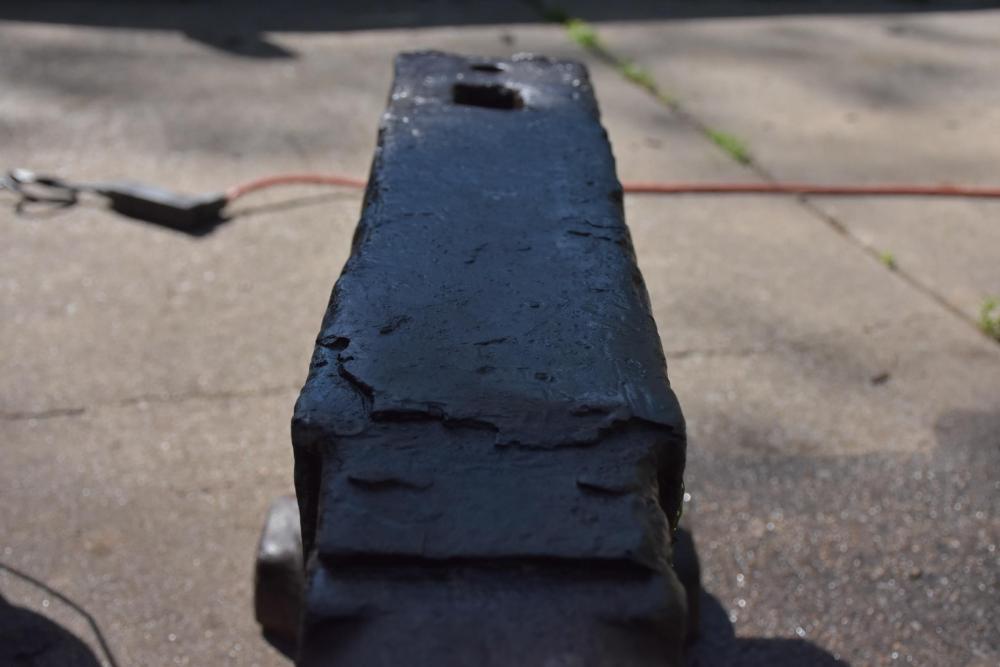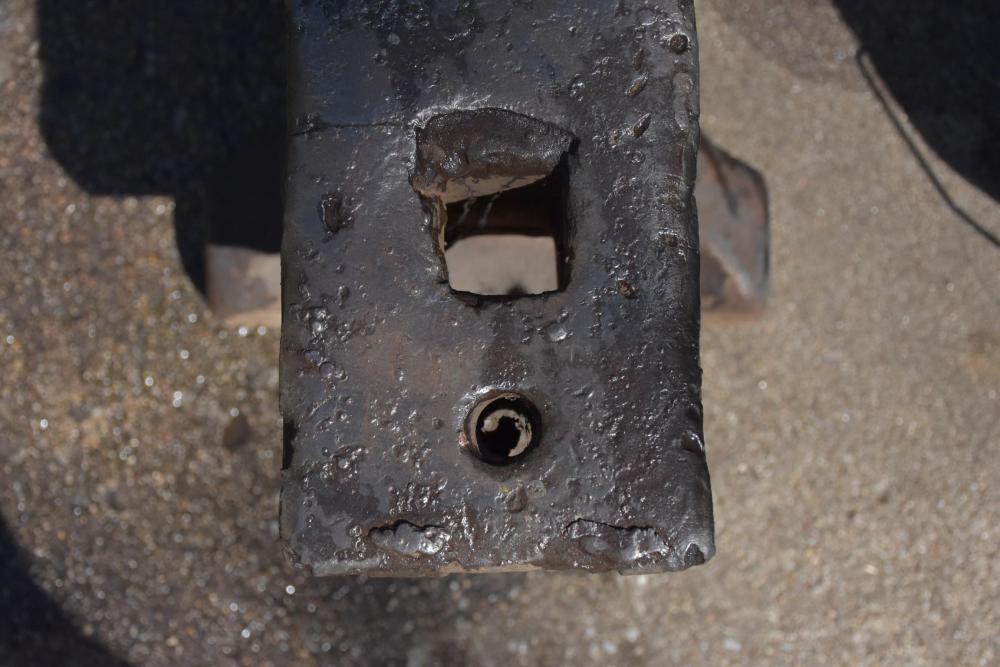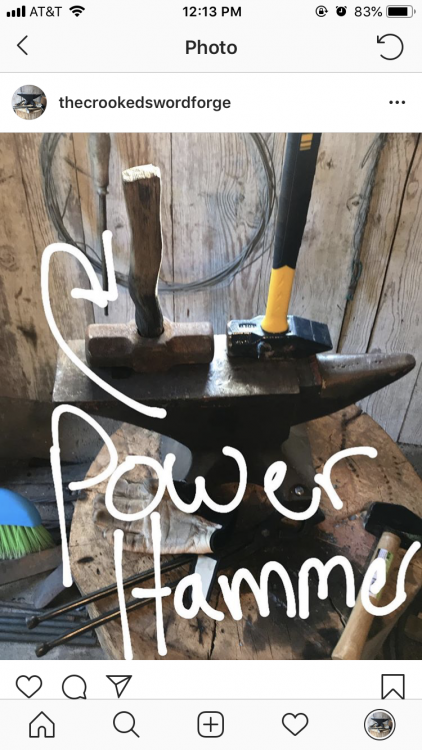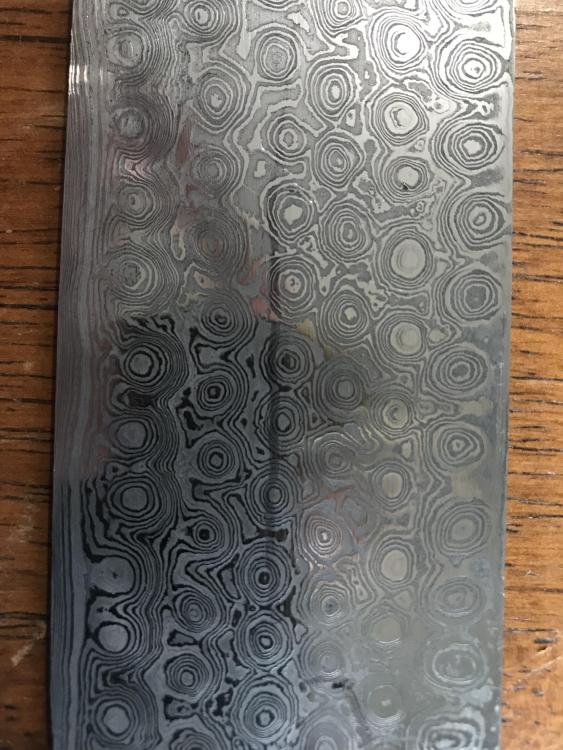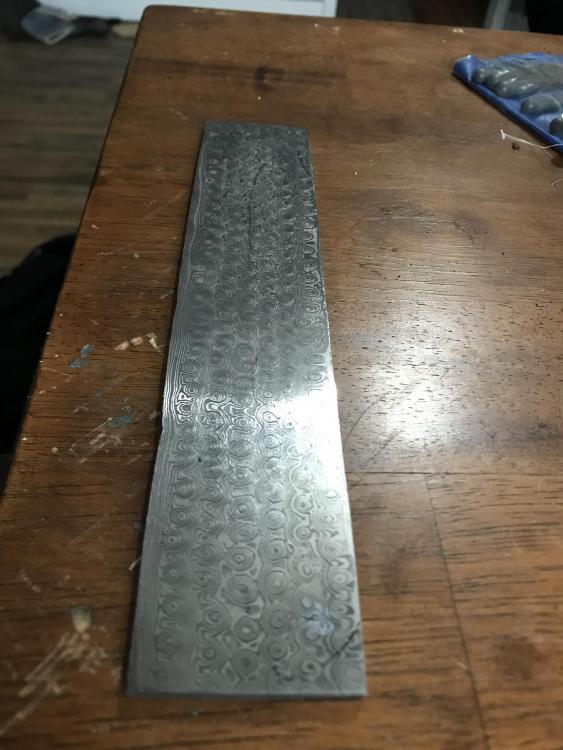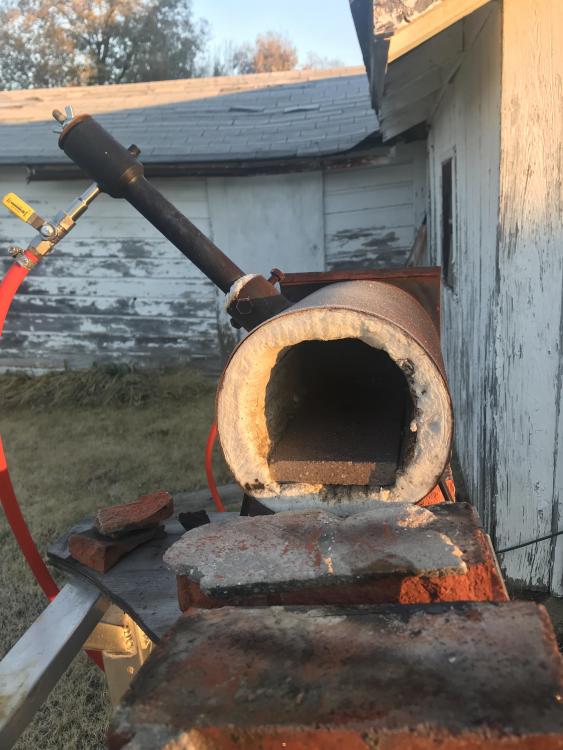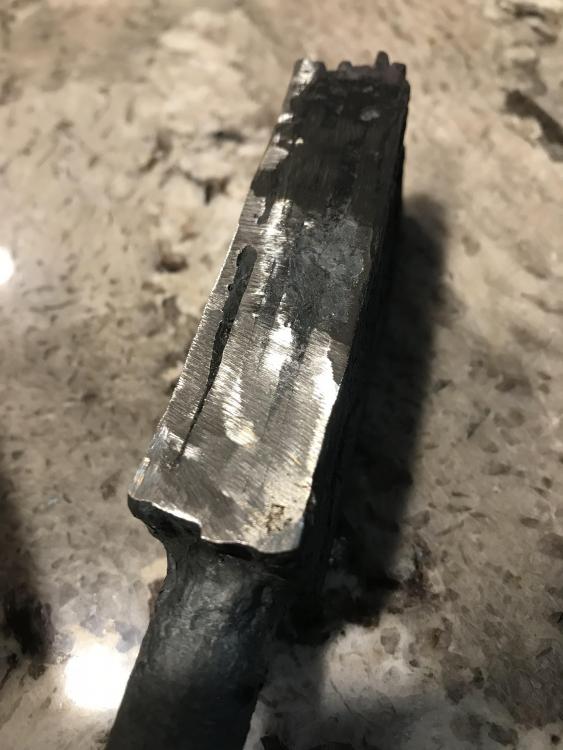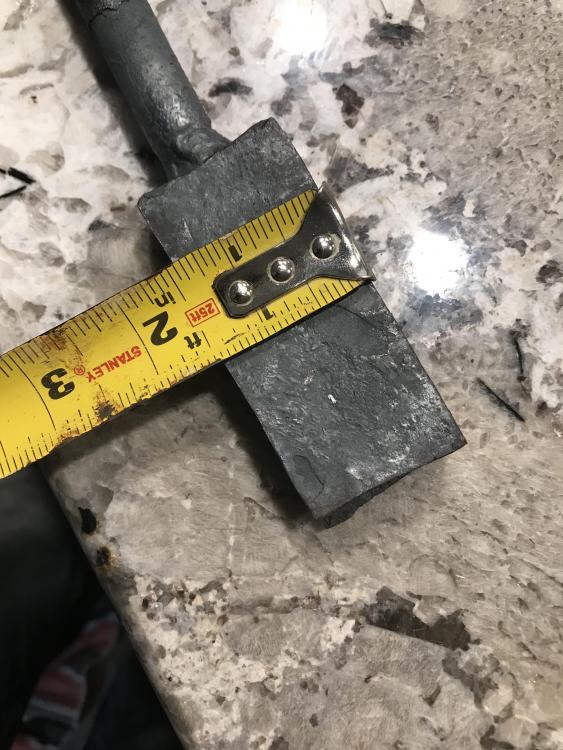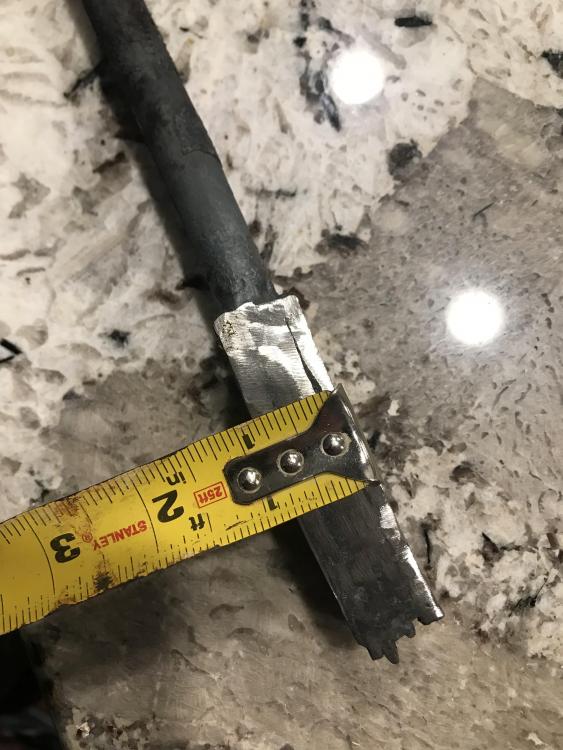-
Posts
30 -
Joined
-
Last visited
Profile Information
-
Gender
Male
-
Location
Tulsa, Oklahoma
Contact Methods
-
Yahoo
Leecopelin@yahoo.com
Recent Profile Visitors
1,441 profile views
-
Hunter Copelin started following To hammer or not to hammer and Help me take apart this old mistreated katana
-
Hello all, Knowing I am a bladesmith, a gentleman from church brought me a katana today asking if I knew much about it or if not, to find out what I can. I called a local dojo and was able to confirm what I had read about the ability to take the blade apart and read basically all of the information there is about this blade. Based on my studies this blade does not seem to be anything spectacular or rare, but it is a well built blade and I want to be as respectful as I can to the blade itself, it’s maker and the gentleman who now owns it. is there anyone here interested in potentially guiding me through the dismantling of this sword or pointing me to someone or some literature they would trust with a similar project? I have brought this question here because most legitimate sword collectors and scholars won’t even read my post if my first picture isn’t of the bare tang of an already dismantled sword. here are some pictures of the unfortunate blade for fun
- 2 replies
-
- katana
- restoration
-
(and 1 more)
Tagged with:
-
Hey y’all, I was hoping I could get a hand full of opinions out of everyone. I recently acquired a pretty big probably near 300# Vulcan anvil from my grandfather-in-law who recently passed very suddenly and left it to me. I have other anvils but this one would be my biggest and would be sentimental to use, but I’m concerned if I use it, I could damage it pretty badly rather quickly. I’ve never seen a face missing large pieces like this with cracks here and there. I haven’t found any serial numbers yet. But I was whisked away to the lake before I go to do anything outside of a little wire wheeling and a couple pictures. Anyone ever beat on a face looking like this and continued to removed chunks? it’s not like I’m gonna be using a big ol sledge. I mostly make blades and have a press that does almost all of the heavy lifting anyway.
-
Hunter Copelin changed their profile photo
-
Oh wait... I get it...
-
Are we talking about hammer size, Or arm size now? Hahaha
-
-
A friend of mine bought me a beautiful billet for Christmas. It is a ton of metal! This thing is 3/16 thick, 2.25” wide and 10” long. Honestly, if this was 1095 I would think I had conservatively 3 knives worth of steel here, but this thing already has the pattern perfectly made out on it. If I Forge this into a couple knives will I ruin the raindrop effect? Or could I potentially make it into an interesting smashed down personalized raindrop billet? Ooorrrr would anyone advise I just draw a full tang 10” knife on it and hit the grinder?
-
Bryson: I did the grinding and gave them to him. I ground them and then used electrical tape to show him where I wanted them. The only thing between them should have been some sharpie labeling them with 1’s and 2’s Thomas: Hahaha guess he drove around in more of a submarine than a car at that point eh? To everyone else that helped, apparently I did get the billet welded up! I think my blows were more focused on the center, where I could see would cause the edges to curl up and away from each other, even microscopically! Forge welding is definitely one of the coolest things I’ve ever done! Metal is magic! Thank you all!
-
If that is just a little bit of edge delamination, should I try to fix it, in your opinion, Or just grind it off? I will I’ll be working on a door too. That’s great advise.
-
Wow. I had no idea. I almost always forge outside, and stand upwind because I didn’t want to breathe the propane fumes, but I have a solid insulator that I used to build my cast iron sink coal forge. i recon when I get home I’ll be getting rid of that stuff pretty quickly. I sure appreciate that!
-
So we aren’t thinking a little single burner propane forge doesn’t get hot enough? Or is there no way to tell without someone standing there?
-
I have a hard time truly knowing what my temperture is in the forge. Surely that’s my biggest problem. What do you use to tell the temp of your forge? Experience? Haha
-
There is a group called the salt fork craftsmen in Oklahoma here, and I was thinking of going to one of their meetings and seeing if someone wanted to show me a thing or two, but I would hate to show up and impose my problems upon them... maybe I’m just a little shy haha
-
Believe it or not, my very first attempt at hand making some Damascus didn’t work perfectly. So here I am looking for someone to help me through this! So I’m using a single burner propane forge, one side is blocked off by a half inch thick metal plate and the other side is slightly contained by some red house bricks. (I’m wondering if that’s my problem over all) 1.) Had a buddy weld together together a few pieces of 1080 and 15n20 2.) Got things to roughly 1600 degrees, and applied 20 mule team borax to the sides with the edges. 3.) Back in the forge to what I would honestly call roughly 2000 degrees. (In the daylight of sunset, the forge and stock were almost entirely white) 4.) Over to the anvil with some relatively firm blows. Turning it over a time or two. Didn’t really know what to expect or feel particularly sure of anything going on, so I repeated the process without borax. After I ground one of the edges, it’s basically entirely delaminated. Hoestly delamination is probably the wrong phrase because it was never laminated in the first place. If anyone had any quick tips or fixes it would be awesome! I know how much knowledge is on here and I’ve learned a ton from all of you already!
-
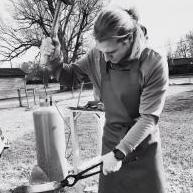
What did you do in the shop today?
Hunter Copelin replied to Mark Ling's topic in Blacksmithing, General Discussion
Heavy equipment trailers use these to help you lift the door on the tongue of the trailer, up at the front. They’re tucked up in there but there could be 2 to 4 on a trailer! -
I hadn’t thought about the fact that if I change the diameter on a pulley all of the measurements would be off. Why did you choose to do it that way instead of just being able to correct it with the tentioner?

